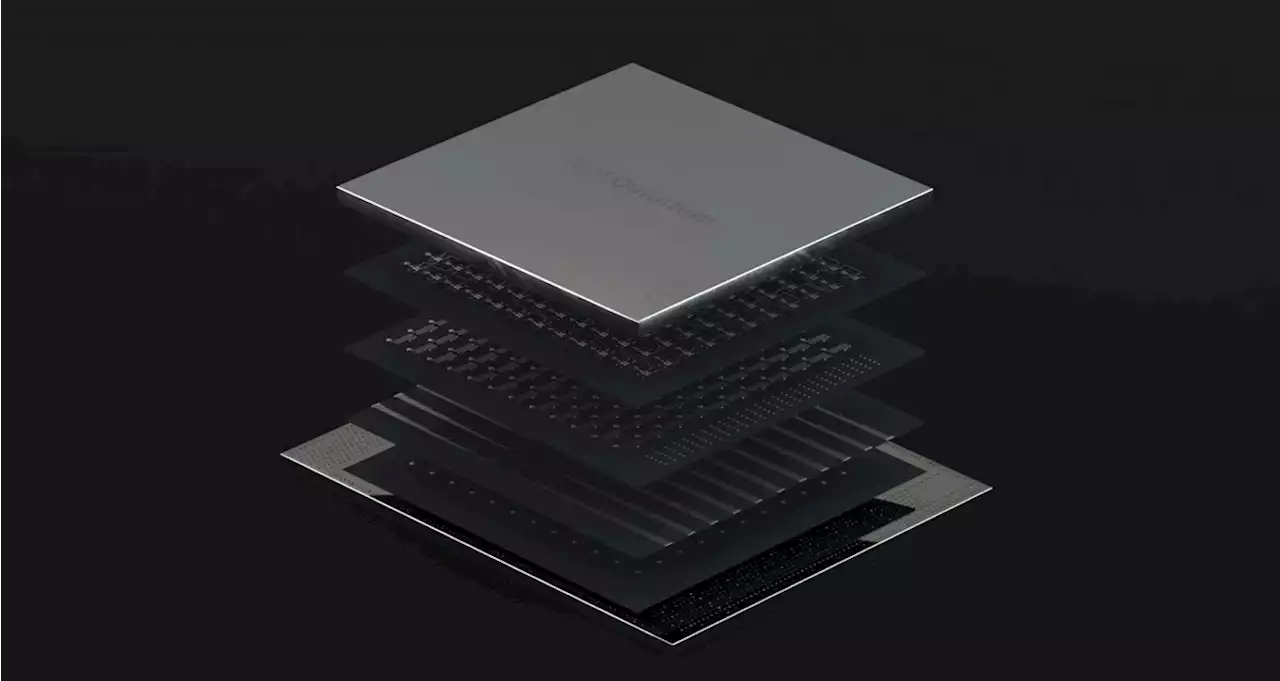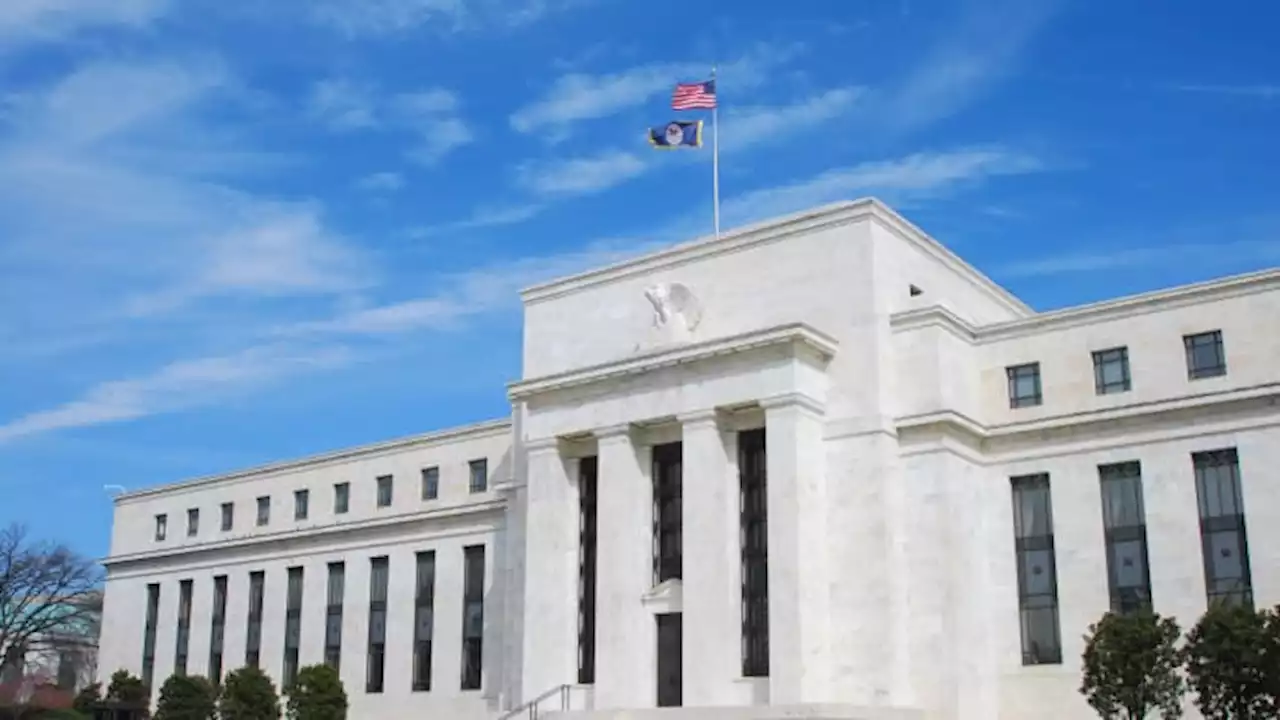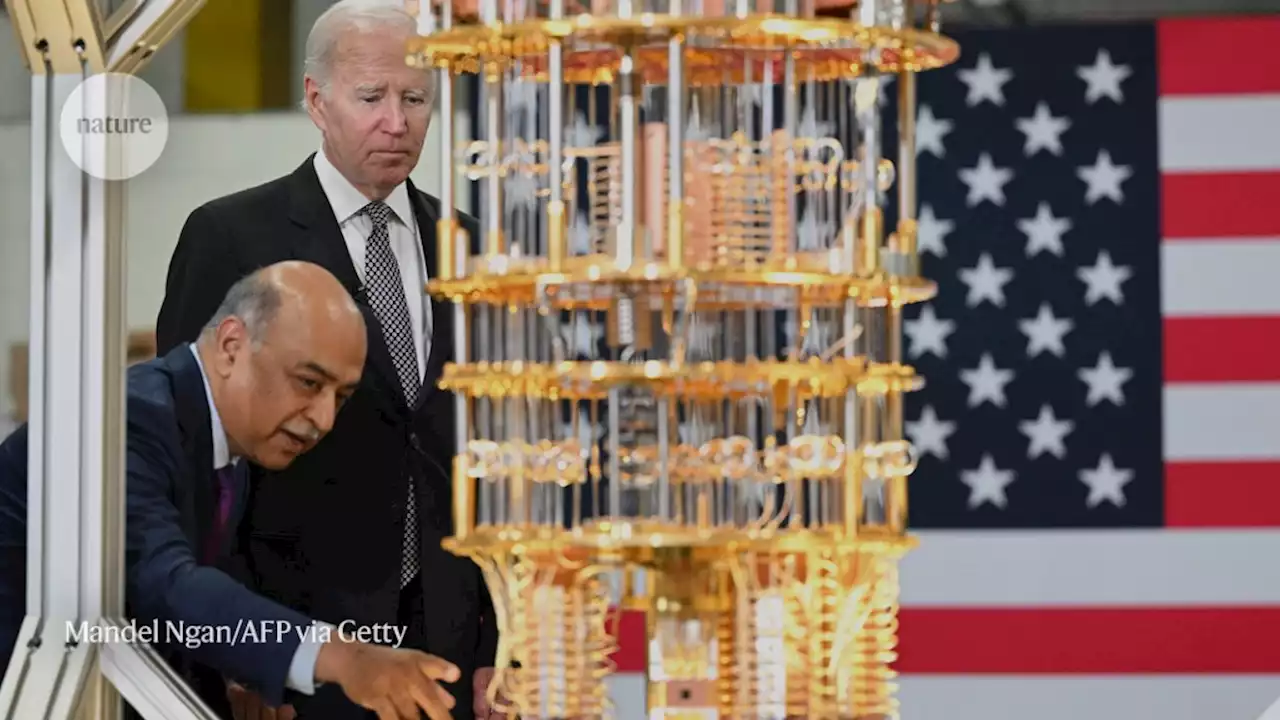Although the problem they attacked uses a much-simplified, unrealistic model of a material, “It makes you optimistic that this will work in other systems and more complicated algorithms,” says physicist John Martinis.
. IBM’s approach — which is also used by Google and other companies — encodes each qubit in a tiny superconducting circuit. For quantum computers to be effective, the qubits have to keep their quantum state for long enough for a calculation to be carried out. So a crucial engineering effort went into increasing the lifetime of the qubits, the IBM team says.
Some researchers are less optimistic about the potential of noise mitigation, and expect that only quantum error correction will enable calculations that would be impossible on even the largest classical supercomputersThe Eagle has 127 qubits — but IBM expects to unveil its most powerful processor yet, the 1,121-qubit Condor chip, later this year.
United States Latest News, United States Headlines
Similar News:You can also read news stories similar to this one that we have collected from other news sources.
 Quantum computers could overtake classical ones within 2 years, IBM 'benchmark' experiment showsA new experiment by IBM computers shows that quantum computers could soon outperform classical digital computers at practical tasks in the next two years.
Quantum computers could overtake classical ones within 2 years, IBM 'benchmark' experiment showsA new experiment by IBM computers shows that quantum computers could soon outperform classical digital computers at practical tasks in the next two years.
Read more »
 IBM's Eagle quantum computer just beat a supercomputer at complex mathResearchers are working out ways to ignore the noise and leverage the power of qubits to advance quantum computing.
IBM's Eagle quantum computer just beat a supercomputer at complex mathResearchers are working out ways to ignore the noise and leverage the power of qubits to advance quantum computing.
Read more »
 IBM Says It's Made a Big Breakthrough in Quantum ComputingBy using error mitigation, IBM scientists believe they've worked around the quantum noise that plagues quantum processors.
IBM Says It's Made a Big Breakthrough in Quantum ComputingBy using error mitigation, IBM scientists believe they've worked around the quantum noise that plagues quantum processors.
Read more »
 42% of CEOs Think AI Will Destroy Humanity. But They're the Ones Hiring It.Almost 4,000 jobs were replaced with AI in May and IBM CEO Arvind Krishna announced that the company would pause hiring to onboard AI.
42% of CEOs Think AI Will Destroy Humanity. But They're the Ones Hiring It.Almost 4,000 jobs were replaced with AI in May and IBM CEO Arvind Krishna announced that the company would pause hiring to onboard AI.
Read more »
 Asia markets to rise as investors digest the Fed's hawkish pause in rate hikesThe Fed held its benchmark policy rate at 5-5.25%, breaking a streak of 10 straight increases.
Asia markets to rise as investors digest the Fed's hawkish pause in rate hikesThe Fed held its benchmark policy rate at 5-5.25%, breaking a streak of 10 straight increases.
Read more »
